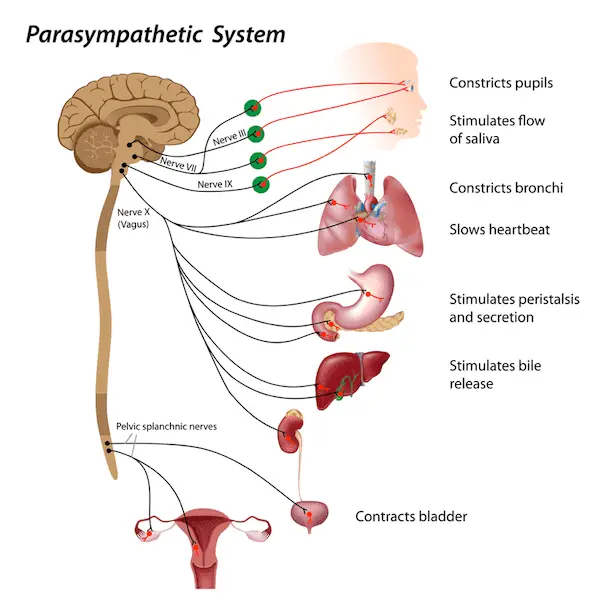Understanding Anxiety from the Inside Out: Calming the Nervous System for Greater Resilience – The Vegas Nerve
www.bachcounselling.com | info@bachcounselling.com | 604 904-0898
With over two decades of experience supporting clients through anxiety, I’ve come to understand both the complexity and the hope that comes with navigating anxious states. This article offers key insights and practical tools to help you regulate your internal experience and build emotional resilience.
While it’s essential to explore strategies that calm the body and mind, it’s equally important to stay curious about what’s fueling your anxiety. Internally, our nervous system plays a pivotal role—but often, external influences such as poor sleep, depleted boundaries, or unresolved stressors can also be contributing to how we feel.
In this short read, we focus on the internal landscape—specifically, the powerful influence of the vagus nerve, a central player in regulating anxiety. When we learn to work with it, not against it, we begin to reclaim a sense of calm, stability, and control from within.
If you’ve ever felt overwhelmed—like your thoughts are racing, your heart is pounding, or your body feels “hijacked”—you’re not alone. These are often signs that your autonomic nervous system is stuck in high alert. This state is commonly activated in PTSD, anxiety, and periods of intense stress. Fortunately, there are simple, science-backed ways to shift out of this mode and bring the body back into balance
Understanding Your Autonomic Nervous System
Your autonomic nervous system has two main branches:
- Sympathetic Nervous System: Think “fight, flight, or freeze.” It gears your body up in response to perceived threats.
- Parasympathetic Nervous System: Think “rest and digest.” It brings the body back to a calm, regulated state.
When the threat is no longer real—or never was—we want to activate the parasympathetic system to restore calm. This is where the vagus nerve comes in.

The Vagus Nerve: Your Body’s Natural Calm Switch
Vagal tone refers to the health and responsiveness of your vagus nerve. High vagal tone is linked to:
- Lower stress levels
- Improved digestion
- Greater emotional regulation
- Better cardiovascular health
- Resilience and longevity
Low vagal tone, on the other hand, is associated with anxiety, depression, inflammation, and mood instability.
Ways to Activate Your Vagus Nerve
You can strengthen your vagal tone with simple daily practices:
- 🌬️ Diaphragmatic breathing – Slow, deep breaths that extend your exhale
- 💧 Cold exposure – Splash cold water on your face or use a cold compress
- 🧘 Yoga and meditation – Mindful movement and stillness help calm the body
- 🎵 Humming or chanting – Activates the vocal cords and supports long exhalations
- 🫶 Laughter and social connection – Full belly laughs and heartfelt connection are powerful regulators
- 🧍♂️ Gentle exercise and nature walks – Support parasympathetic activation- focus on your surroundings
- 🗣️ Speaking slowly and rhythmically – Use a calm, melodic tone like you would with a child or pet
- 🧠 Positive thinking and compassion – Kind thoughts boost internal safety
- 🙏 Prayer and stillness – Tapping into spiritual practices supports nervous system reset
A Daily Practice for Resilience
Stimulating the vagus nerve helps quiet the stress response, supports digestion, balances emotions, and promotes overall well-being. Don’t need to wait until you’re overwhelmed. Building your capacity to activate parasympathetic nervous system is like going to the gym. The more frequently you engage, the easier this process will be for you! These are preventive tools that, with daily practice, build your emotional resilience and nervous system flexibility over time.
Need Support?
We’re here to help. If you’re struggling with anxiety, trauma, or chronic stress, our counsellors offer experienced, compassionate support.
📍 Bach Counselling Group
📧 info@bachcounselling.com
☎️ 604 904-0898
🌐 www.bachcounselling.com





